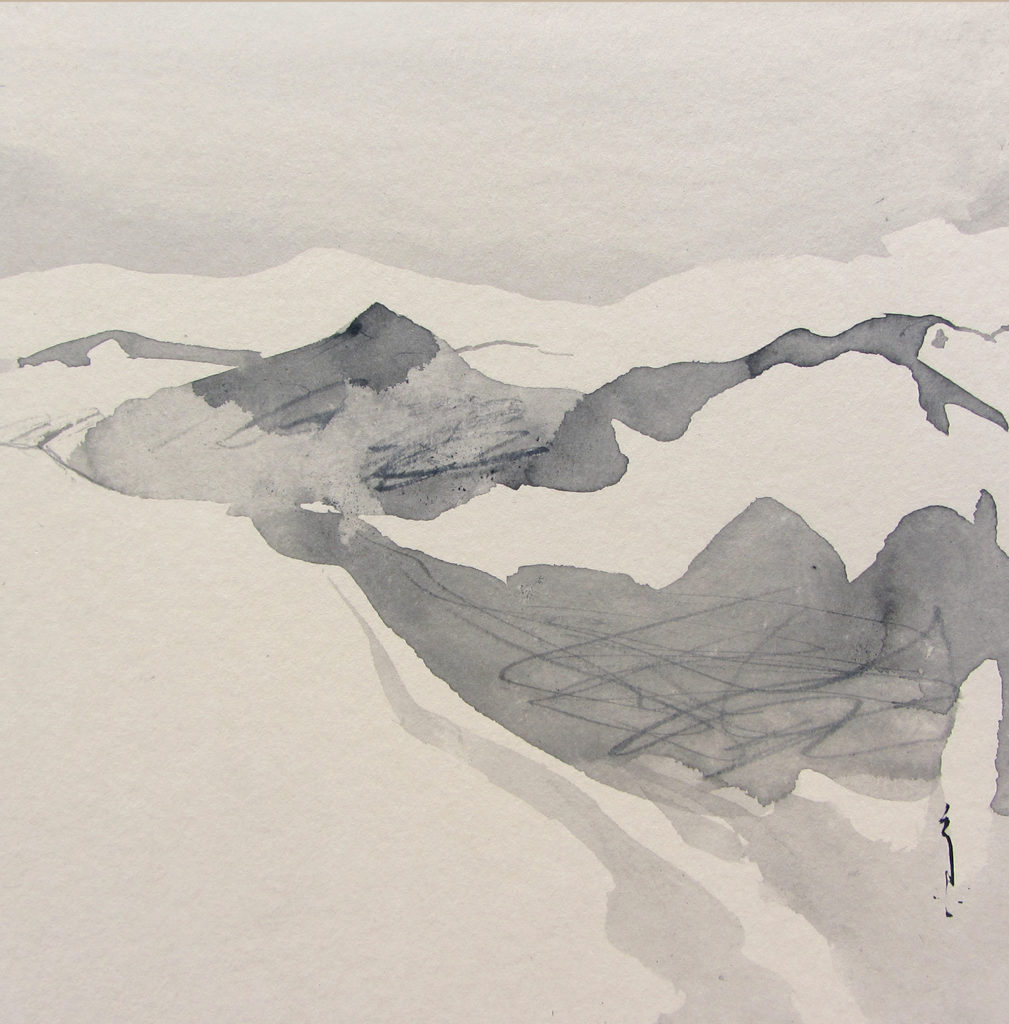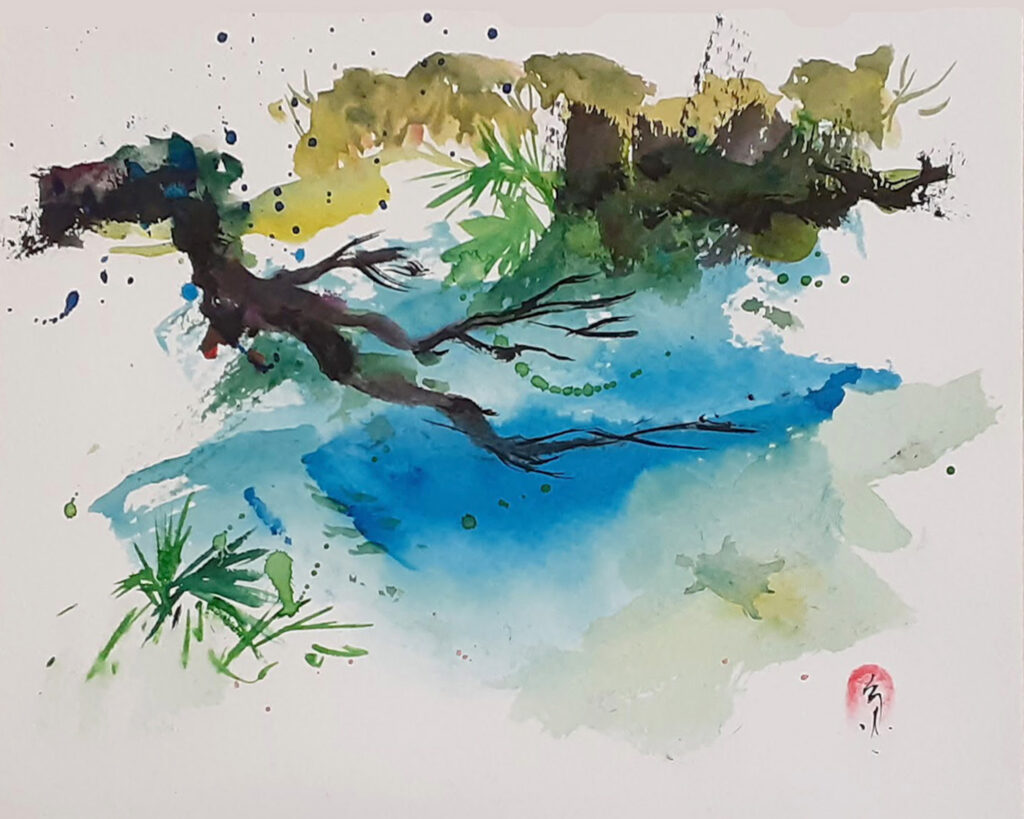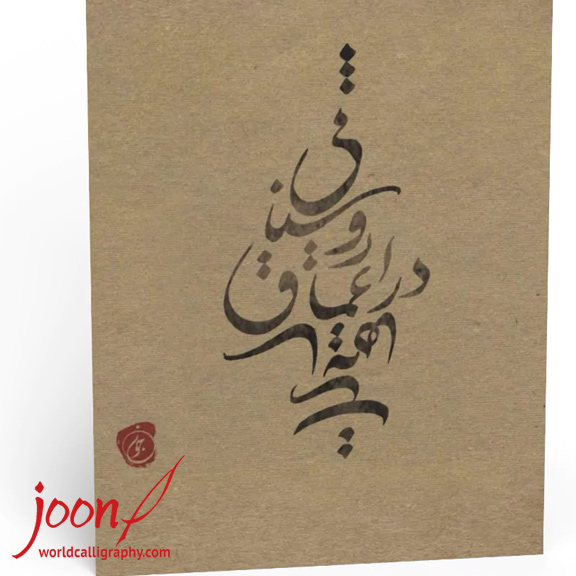![]()
![]()
![]() This is a simple drawing that I made of a place in the mountains where I grew up. Simplicity: there is almost no colour, the drawing is made up of only of lines and basic forms, there are no extraneous details such as trees or buildings; there are no walls or fence lines; there aren’t even the natural details one finds in the mountains such as boulders, crevices or cascades of loose rock.
This is a simple drawing that I made of a place in the mountains where I grew up. Simplicity: there is almost no colour, the drawing is made up of only of lines and basic forms, there are no extraneous details such as trees or buildings; there are no walls or fence lines; there aren’t even the natural details one finds in the mountains such as boulders, crevices or cascades of loose rock.
The Shape of Mountains is being released as a limited edition print.
– Limited edition of 30 prints
– Signed and numbered
– 100% cotton paper
– Archival inks
– 8″ x 8″ print matted to 12″ x 12″
– Includes acid free mat and foam core backing, ready to frame
– $285.00
Reserve yours today.
The apparent simplicity is deceptive. At one level this is an abstract work of art, but consider for a moment that all art is abstract. The first level of abstraction–or simplification–is that the drawing is two-dimensional, but that it represents a three-dimensional landscape. But, this simplification in the drawing reflects my own experience growing up in the mountains.
The shape of mountains is not visible when you are in the midst of traversing the land. Most of it is hidden to the eye. As a child I had to find my way by following the visible contours of this type of landscape. These are not the contour lines of the cartographer that mark particular elevations. They are like a net thrown down over the three-dimensional landscape. I had to learn to understand the calligraphic lines etched across the rocks so that I could navigate up and down and around without losing track of my essential orientation in space. All of this had to be done without maps or a compass, let alone a phone or other electronic device with GPS locator.
The drawing represents my internal sense of place, a simplification of form underlying all the wonderful details. I love the beauty when rambling in the hills or mountains: interplay of clouds and light, sun and shadow, the lichen on boulders, the sudden bright shock of colourful blooms, the silent form of an eagle high up in the sky. But these are not the underlying pattern, what some people call the bones of the mountain.
In order to find my way I learned the spatial contours of the specific parts of the mountain environment that I returned to time and again. In those areas I could find my way up through the valleys and slopes, and back down again, even in the dark. But that early life experience had a larger impact. I almost always have a sense of the invisible contours surrounding my location. It feels very simple, but hidden in that simplicity is a profound sense of knowing where I am.




